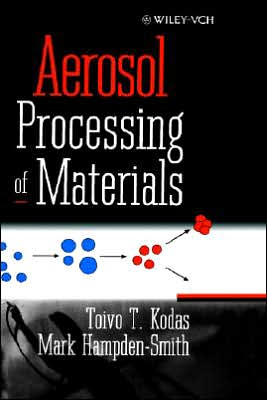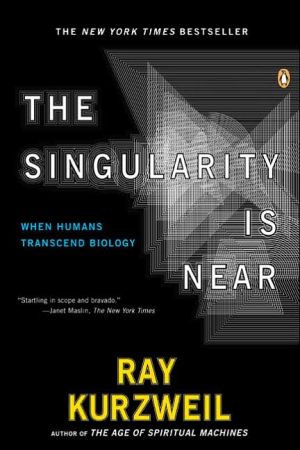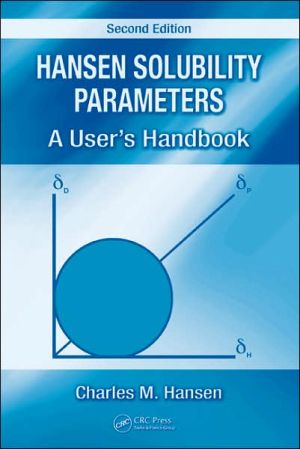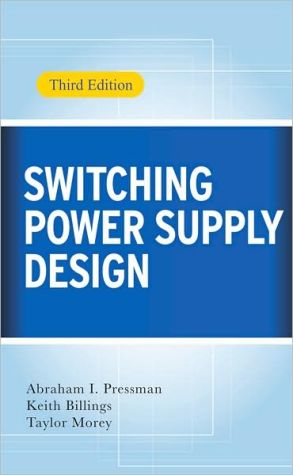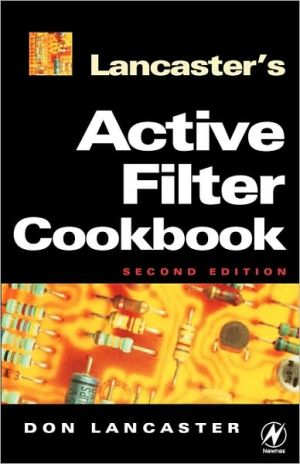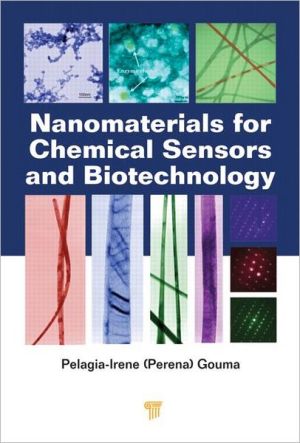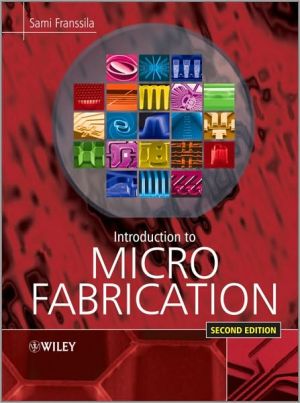Aerosol Processing of Materials
Unifying a wide range of materials synthesis techniques, 'Aerosol Processing of Materials' provides a detailed overview of the production of materials by the use of gas phase processes. Aerosol processes are responsible for the production of many of today's most advanced materials, especially in the semiconductor, optical waveguide, and thin film industries. Many of the unique properties of nanophase materials and composites are only possible through the application of acrosol in materials...
Search in google:
Unifying a wide range of materials synthesis techniques, 'Aerosol Processing of Materials' provides a detailed overview of the production of materials by the use of gas phase processes. Aerosol processes are responsible for the production of many of today's most advanced materials, especially in the semiconductor, optical waveguide, and thin film industries. Many of the unique properties of nanophase materials and composites are only possible through the application of acrosol in materials processing. This book describes various types of aerosol processes and the role of aerosols in materials processing. The work presents the advantages and disadvantages of each process in terms of cost, complexity, purity, and materials properties; and compares these factor to alternative methods of powder and film formation. The title provides the theory needed to understand and advance the fundamentals of this rapidly expanding material manufacturing processes. Written by well-respected leaders in the field, the book illuminates the roles of particle size characterization and size distributions; heat, mass, and momentum transfer; particle transport; condensation and evaporation; and coagulation and coalescence. 'Aerosol Processing of Materials' provides the most up-to-date and comprehensive single source of information available on gas-to-particle powder formation; liquid/solid-to-solid powder formation; film formation; reactor design; and particle/film characterization. Booknews Offers a comprehensive look at advanced materials processing by aerosol methods, and examines what it takes to generate powders and films with specialized characteristics using gas-phase processes. Kodas (chemical engineering, U. of New Mexico) and Hampden- Smith (chemistry, U. of New Mexico) address particle formation by intraparticle reaction, particle formation by gas-to-particle conversion, and film formation. They incorporate examples involving such materials as metals, metal oxides, and metal sulfides for application in pigments, ceramics superconductors, electronics, sensors, glass coatings, semiconductors, optical materials, and thick films. Annotation c. by Book News, Inc., Portland, Or.
PrefaceAcknowledgmentsNomenclature1Introduction12Particle Size Distribution and Physical and Chemical Characteristics193Particle Transport454Particle Growth, Evaporation, and Nucleation755Collision and Coalescence1056Intraparticle Transport Processes1297Models Based on the General Dynamic Equation1468Chemistry1669Characteristics of Nanostructured Materials23010Overall Qualitative Behavior of Gas-to-Particle Conversion Processes26611Technology of Gas-to-Particle Conversion29312Overall Qualitative Behavior of Liquid-to-Solid and Solid-to-Solid Conversion Processes38013Technology: Liquid-to-Solid and Solid-to-Solid Conversion43614Film Formation49215Film Generation Technologies53316Aerosol Reactor Components60217Measurement Techniques629Index659
\ BooknewsOffers a comprehensive look at advanced materials processing by aerosol methods, and examines what it takes to generate powders and films with specialized characteristics using gas-phase processes. Kodas (chemical engineering, U. of New Mexico) and Hampden- Smith (chemistry, U. of New Mexico) address particle formation by intraparticle reaction, particle formation by gas-to-particle conversion, and film formation. They incorporate examples involving such materials as metals, metal oxides, and metal sulfides for application in pigments, ceramics superconductors, electronics, sensors, glass coatings, semiconductors, optical materials, and thick films. Annotation c. by Book News, Inc., Portland, Or.\ \
